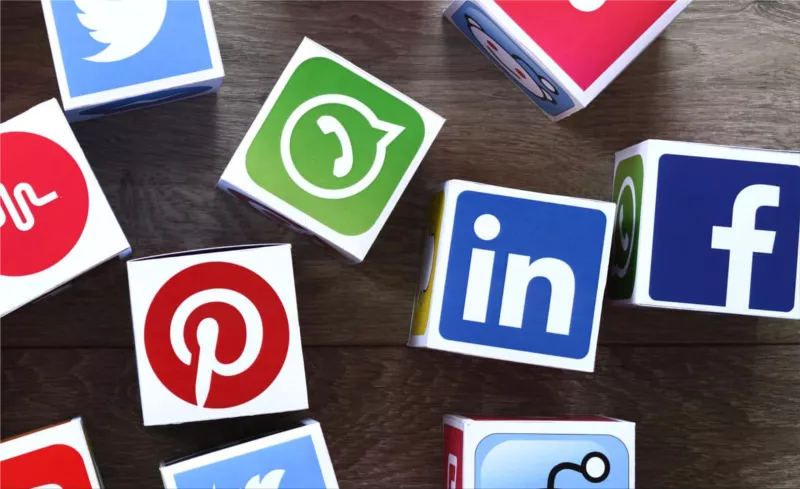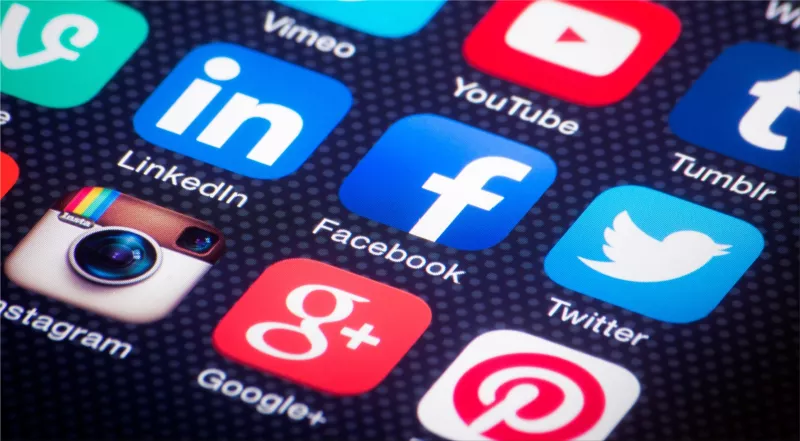Is it appropriate to use social media during times of crisis, and if so, how? One of the keys to successful crisis management is clear and consistent communication, both within the organization and with external stakeholders and the general public. The proliferation of social media, along with traditional forms of media like television, radio, and newspapers, has provided businesses with new ways to reach their target audiences but has also complicated the task of doing so.
An organization's crisis communication plan should incorporate social media use. The public can benefit from increased situational awareness and communication skills in an unwelcome event, thanks to the widespread dissemination of relevant information through social media. Awareness of social media's risks and possible benefits is essential in a crisis.
With the help of social media, you can quickly disseminate information to a broad audience, including new customers. Unfortunately, false information about an incident or the response to an incident can also spread rapidly through social media. So, the ability to keep an eye on things, keep an eye on the people doing those things, and react quickly to errors in data is all crucial.
In light of this, it is crucial to:
- -Incorporate social media into communication plans already in place, especially those meant to be used in times of crisis.
- -It's essential to know which audiences can be reached by which channels, how content is shared and distributed, and the constraints of each.
- -recognize that third-party businesses operate social media platforms with their own sets of rules for users. In most other kinds of publishing, the content is usually checked over by an editor before it's released.
For an organization to use social media well, it must first determine which channels are best for reaching its target groups and which limitations those channels present.
When an unexpected event occurs, social media serves as a communication channel for the organization and a source of information for emergency management. Identify information gaps, provide satisfactory responses to inquiries, and correct any false information that may have been disseminated across different channels. As a result, the company must have practical social media monitoring tools to capture any company mentions, its rivals, or other topics of interest. These services can be obtained from various vendors, but they require an investment of time for initial deployment and ongoing optimization. Therefore, having this in place BEFORE a crisis hits is crucial.
The media platforms utilized by the organization's target audiences can also be learned through monitoring. It's also possible that "early warning" of reputational incidents, or incidents related to the industry or competitors, to which the company must respond and deal, could be provided by monitoring relevant topics. A service like this can be linked to incident management software, so the press guard or emergency responders are immediately alerted when an alert is triggered. Based on the logged information, a new incident can be created along with a call to action or connected to an existing incident.















